Wola
6.82
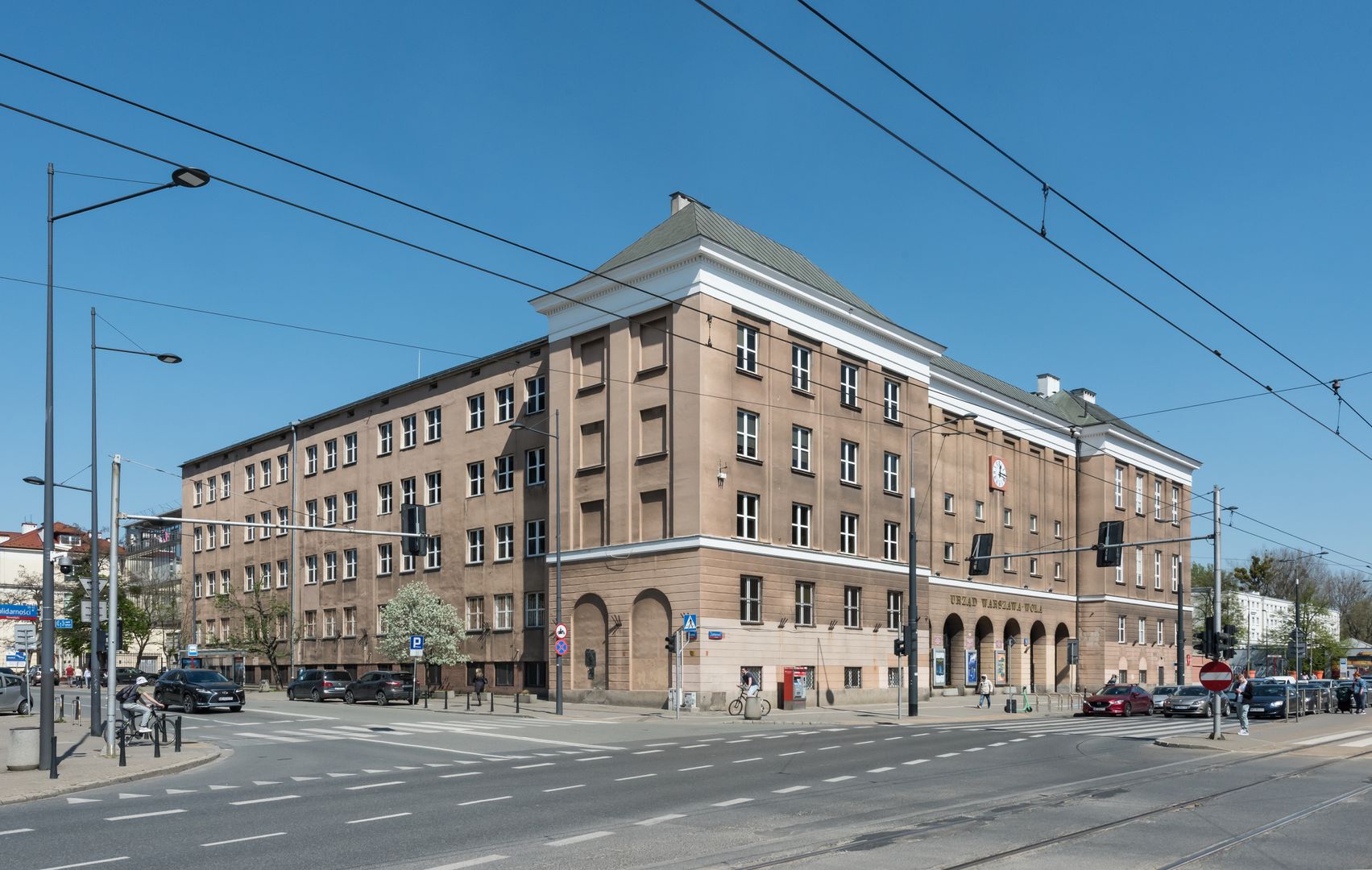
Overview
Wola is a district of Warsaw located on the left bank of the Vistula River, serving as one of the 18 auxiliary units of the capital. It borders Bemowo, Żoliborz, Śródmieście, Ochota, and Włochy, with its administrative boundaries largely defined by railway lines and Aleja Jana Pawła II. According to the Municipal Information System, Wola is divided into eight areas: Koło, Ulrychów, Odolany, Powązki, Młynów, Czyste, Nowolipki, and Mirów. The history of Wola is rich, and among its notable residents are significant figures such as the poet Miron Białoszewski, Redoubt No. 54 commander Julian Konstanty Ordon, and General Józef Sowiński, who commanded Redoubt No. 56. Wola's heritage is also tied to literature and art—it is depicted in popular culture through works like Marek Hłasko's "Baza Sokołowska," Andrzej Wajda's film "Pokolenie" (A Generation), and the TV series "Miodowe lata" (Honey Years). Wola is known not only for its history but also for its architecture—the area features both old tenement houses and modern buildings, showcasing the district's dynamic development. The district also holds historical significance, particularly during World War II, when it was the site of numerous battles and resistance efforts by its inhabitants. An interesting fact is that Wola was once an industrial area but is now becoming a hub for modern investments and revitalization, attracting new residents and investors.
Location
Tickets
Powered by GetYourGuide
You can also find here:
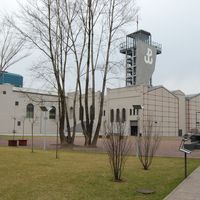
Warsaw Uprising Museum
8.29
Bemowo, Warsaw

Warsaw Ghetto Museum
8.11
City center, Warsaw

Freedom Mast
7.3
Bemowo, Warsaw

St. James the Apostle Parish in Warsaw
7.25
Ochota, Warsaw

Powązki
7.24
Wola, Warsaw

Keret House
7.08
Wola, Warsaw
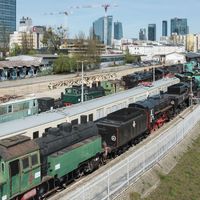
Museum Station
7.02
Wola, Warsaw
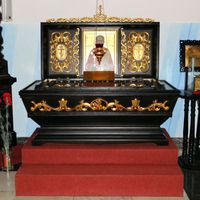
Church of St. John Climacus in Warsaw
6.89
Wola, Warsaw
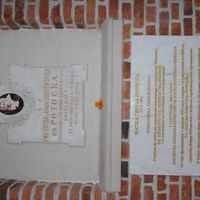
St. Faustina Sanctuary in Warsaw
6.89
Wola, Warsaw
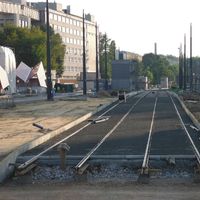
Rondo Daszyńskiego
6.89
Bemowo, Warsaw
2025 Wizytor | All Rights Reserved